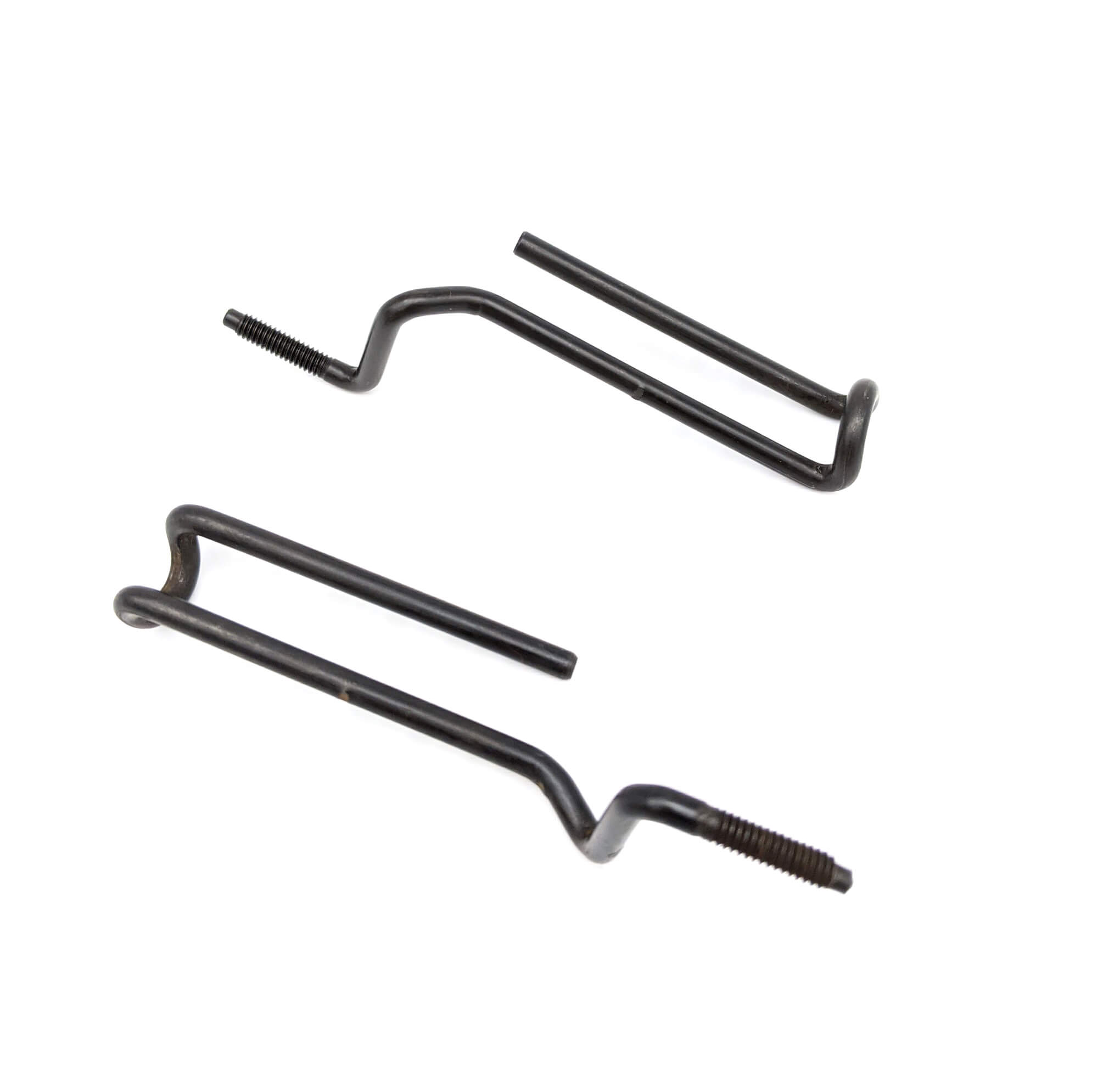Get unique, complex parts easily. No matter your requirements, Chaoyi Spring creates hard-to-produce coil springs and wire forms.
Let us help you create the custom wire form you need, from S-hooks and J-hooks to utility hooks and more.
We work closely with customers across a wide range of industries, helping them design and manufacture made-to-order parts.
Why choose Chaoyi Spring? We prioritize customer-focused collaboration, modern equipment and the latest technology to make your parts per print.
Find the information and guidance you need, from measuring a spring to learning about materials, placing an order and much more.
Have you ever wondered how springs work their magic? Whether it's the gentle bounce of a trampoline or the powerful recoil of a gun, springs are everywhere, silently performing their


Have you ever wondered how springs work their magic? Whether it's the gentle bounce of a trampoline or the powerful recoil of a gun, springs are everywhere, silently performing their duty to store and release energy. At the heart of their functionality lies the concept of spring compression, which dictates how much force is required to compress a spring a certain distance. This article dives deep into the fascinating world of spring compression, exploring the fundamental concepts, calculations, and real-world applications. Let's embark on this journey together!

Spring compression is the act of pushing or squeezing a spring, reducing its length. This compression is achieved by applying a force, which in turn stores potential energy within the spring. The amount of force required to compress a spring is directly proportional to the distance it is compressed. This relationship, known as Hooke's Law, forms the cornerstone of spring mechanics.
Hooke's Law, mathematically expressed as F = -kx, where:
This equation tells us that the force required to compress or extend a spring is proportional to the spring constant and the displacement. A stiffer spring (higher k) will require more force to compress it the same amount as a softer spring (lower k).
The spring rate, often referred to as the spring constant (k), is a crucial parameter defining the spring's behavior. It quantifies the force required to compress or extend the spring by one unit of length. A higher spring rate indicates a stiffer spring, meaning it resists compression or extension more strongly. Conversely, a lower spring rate signifies a softer spring that deforms more readily. Spring rates are typically measured in units of force per unit length, such as pounds per inch (lb/in) or newtons per meter (N/m).
Several factors contribute to the compression behavior of a spring:
Spring compression finds widespread applications in numerous fields, including:
Calculating the force required to compress a spring to a specific distance, or vice versa, involves applying Hooke's Law. The formula F = -kx can be used to determine the force needed to compress a spring by a certain distance, or the displacement that will occur under a given force. Let's illustrate this with an example.
Suppose we have a spring with a spring rate of 100 N/m, and we want to compress it by 0.05 meters. To find the force required, we can plug these values into Hooke's Law: F = - (100 N/m) * (0.05 m) = -5 N. This indicates that a force of 5 Newtons is needed to compress the spring by 0.05 meters.
While springs are incredibly resilient, they can experience fatigue over time due to repeated compression and extension cycles. This fatigue can lead to a gradual loss of spring stiffness and potentially cause failure. It's important to select springs appropriate for the application's loading conditions and operating environment. Furthermore, exceeding a spring's design limits can result in permanent deformation or even breakage. Always ensure you design and operate spring systems within their safety margins to prevent unexpected issues.
Spring compression is a fundamental principle underpinning the functionality of countless devices and systems. Understanding Hooke's Law, the spring rate, and other influencing factors empowers engineers and designers to create innovative solutions that leverage the unique properties of springs. From automotive suspension to delicate medical instruments, spring compression plays a critical role in modern technology and daily life. By embracing the principles of spring compression, we can harness its power to create a world of possibilities.
So, the next time you encounter a spring, whether it's the coil in your pen or the suspension in your car, remember the fascinating world of spring compression that's silently working behind the scenes. It's a testament to the ingenuity of engineering and the power of simple yet fundamental concepts.
Browse some of the custom wire forms and springs that we manufacture. Don’t see what you need? We specialize in made-to-order products that meet your application requirements.
Visit Our GalleryNeed a custom wire form or coil spring? We make it work. Fill out the contact form and a representative will respond within 1 business day. If you have a PDF or CAD file, you can submit to request a quote.